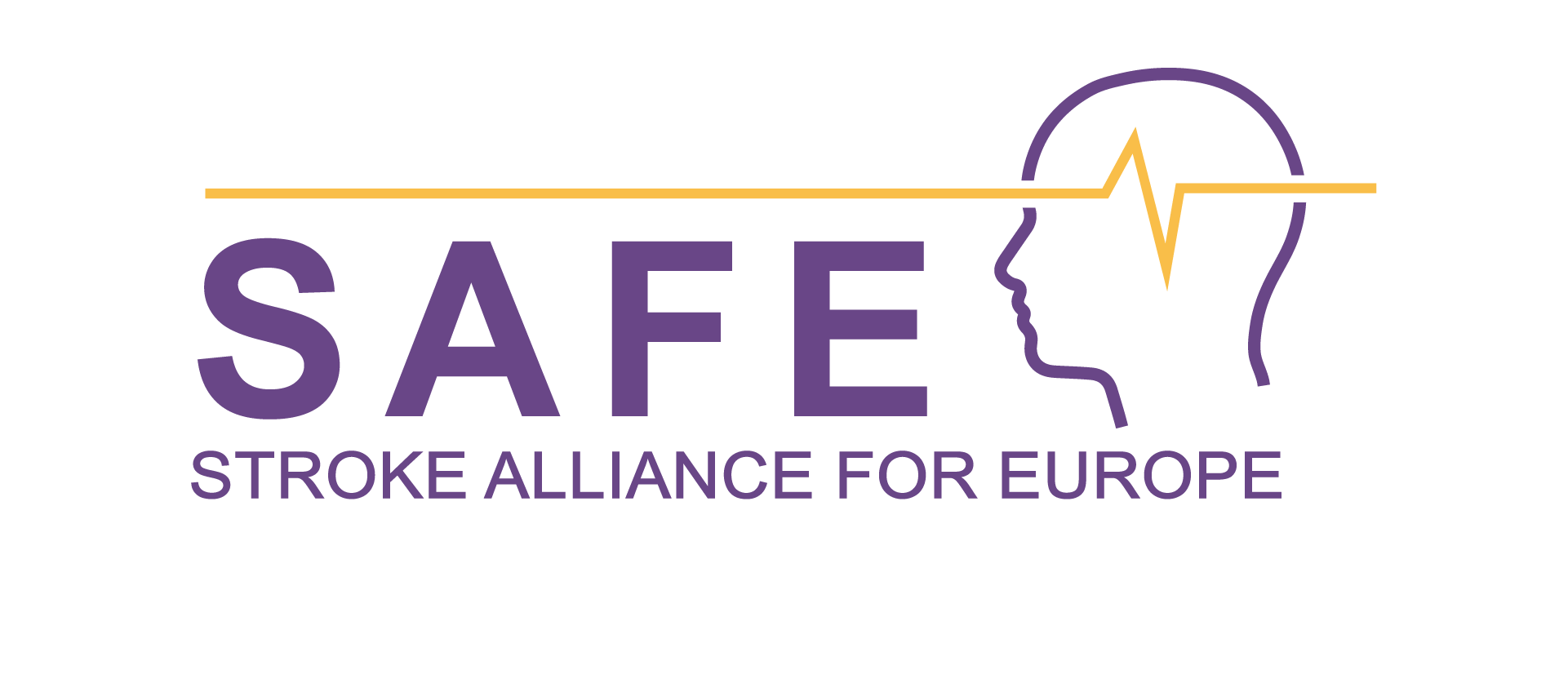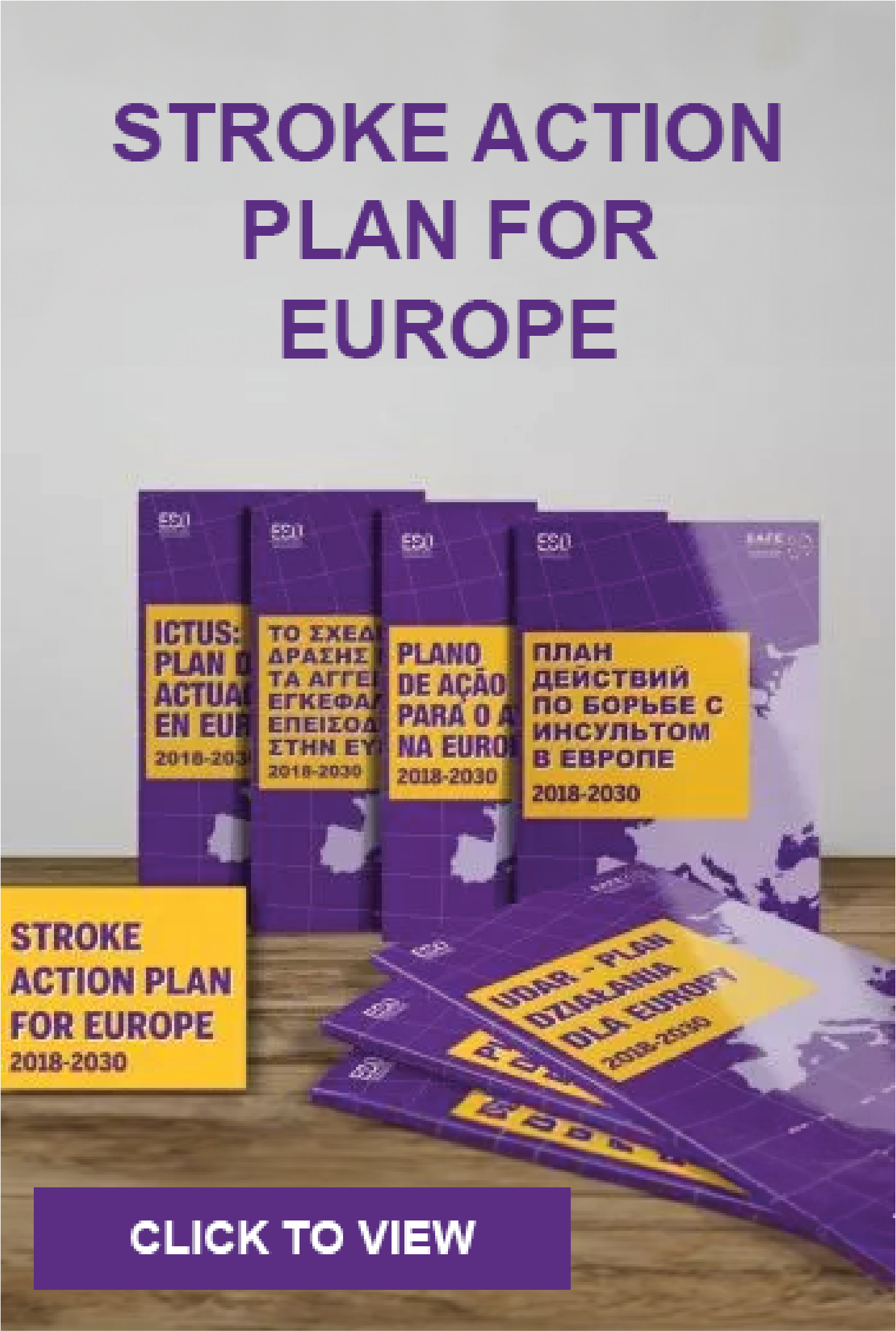
Oct 13, 2016
By Morgen Wells
LAKEPORT >> Sutter Lakeside Hospital staff are hitting the streets to bring preventative education to Lake County.
Beginning Thursday, Oct. 13, hospital staff members will pledge to educate five friends or family members about the signs and symptoms of stroke using key ring tabs printed with the “BE FAST” acronym. Over 300 staff members are participating. (more…)
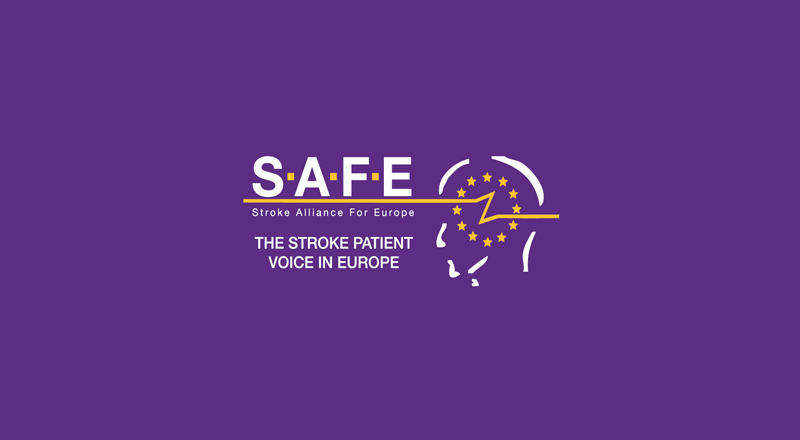
Oct 13, 2016
FORT LAUDERDALE, Fla. (Ivanhoe Newswire) – Today, there seems to be an app for just about everything. Now new technology can give patients and doctors critical time when they need it most.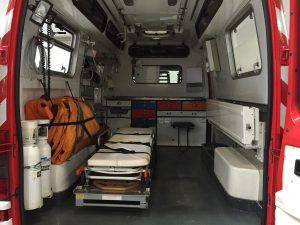 (more…)
(more…)

Oct 10, 2016
Written by Hannah Nichols
Published: Friday 7 October 2016 at www.medicalnewstoday.com
Different triggers spark stroke, injuries, and neurodegenerative diseases, but the molecular chain of events responsible for brain cell death in these conditions are the same. Johns Hopkins researchers have isolated the single protein at the end of the chain that delivers the fatal blow and hacks up a cell’s DNA.
The findings – published in the journal Science – could pave the way for new therapies to stop the process in its tracks and potentially prevent brain cell death. (more…)
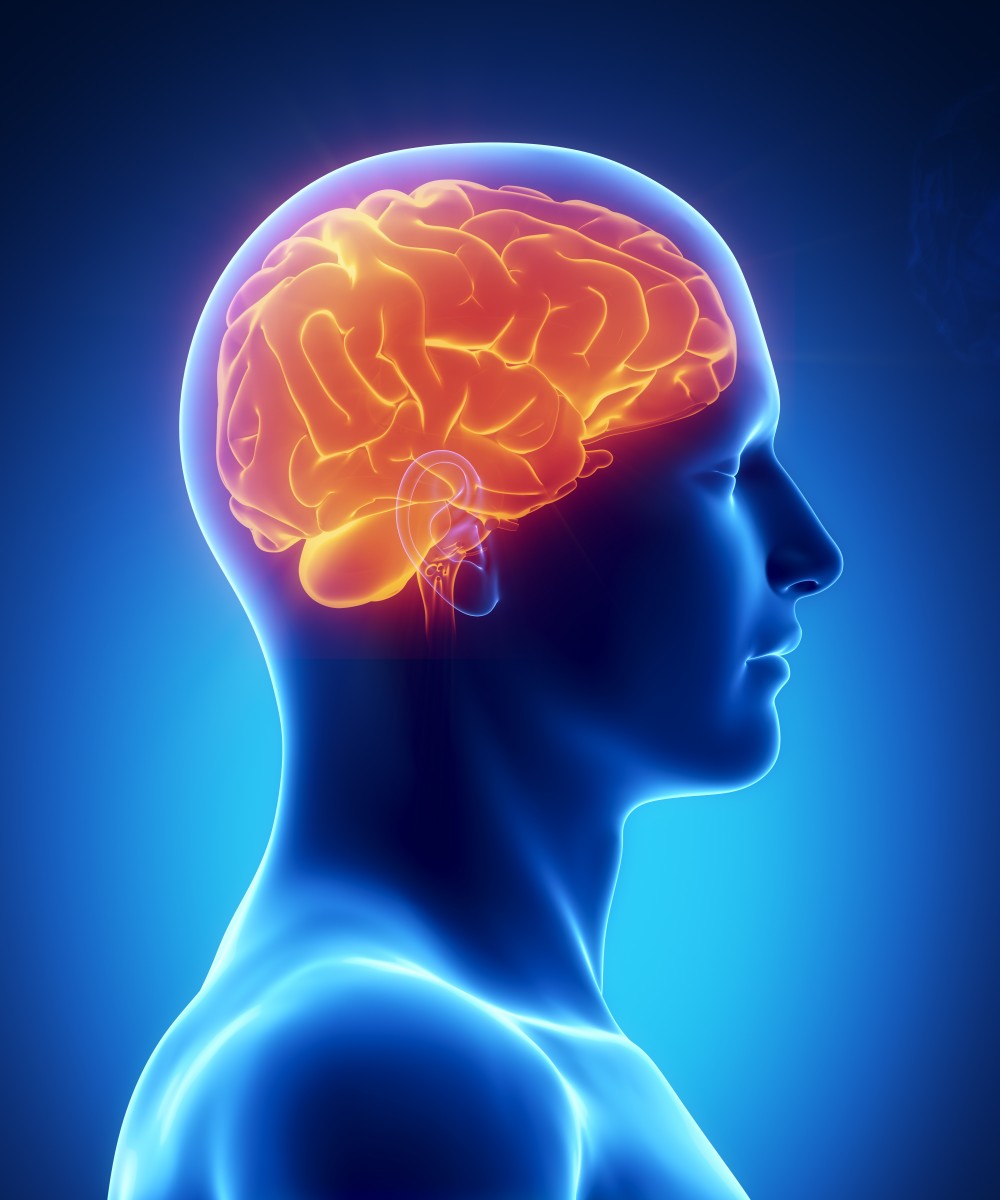
Oct 7, 2016
Samson, Kurt
Post-Stroke Depression Eight Times Higher than Average, Danish Study Finds
The incidence of depression in the early months after a first stroke was eight times higher than average, according to a population-based study in Denmark, and patients with a history of prior depression or more severe stroke were especially vulnerable.After three months the rate fell significantly, yet it was still two times higher at two years, according to the study published online September 7 in JAMA Psychiatry. (more…)

Oct 6, 2016
For decades, warfarin was the only oral blood thinner available to reduce the risk of stroke for patients with atrial fibrillation. Warfarin use is cumbersome, because it requires ongoing blood test to monitor the effect and has numerous drug and food interaction. Now a number of non-vitamin K antagonist oral anticoagulant (NOAC) drugs are available for patients with atrial fibrillation and claim to revolutionize the care for patients with atrial fibrillation. (more…)
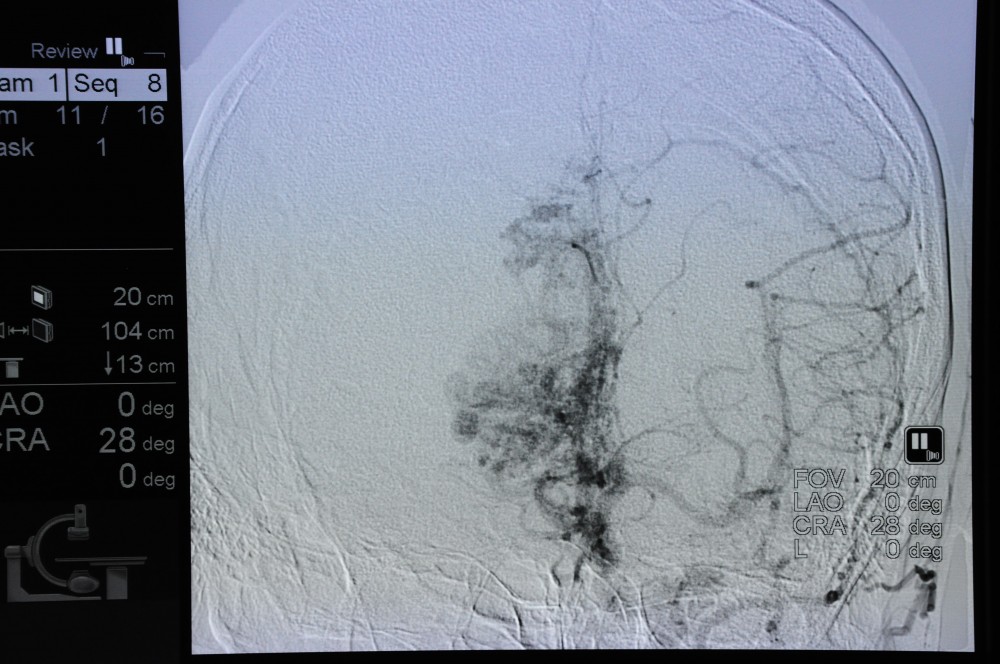
Oct 3, 2016
UCLA-led study shows that stent retrievers can provide benefits more than seven hours after onset
Article by: Enrique Rivero | September 27, 2016
Time is of the essence when getting people stricken with acute ischemic strokes to treatment. And the use of stent retrievers — devices that remove the blood clot like pulling a cork out of a wine bottle — has proven to be a breakthrough for removing the life-threatening blockage of blood flow to the brain. (more…)

